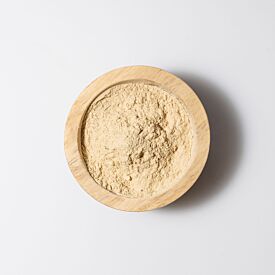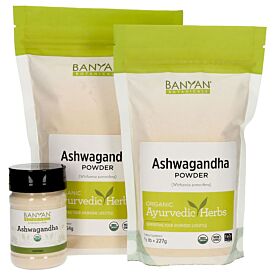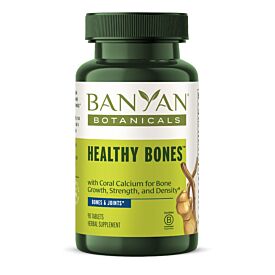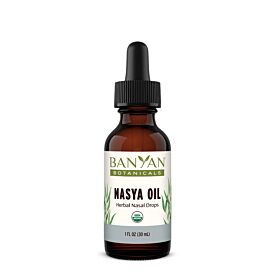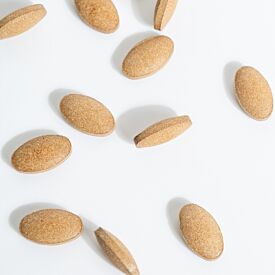The Colon-Bone Connection
Until recently, we in allopathic medicine have largely viewed bone health as a product of primarily calcium and vitamin D absorption, as well as healthy hormone levels contributing to proper functioning of the cells that build bone (osteoblasts) and break down bone (osteoclasts). But we are slowly appreciating bone health as a complex interplay between many nutrients including vitamin K, magnesium, and others, in addition to calcium.
Ayurveda couldn’t agree more. It is said in Ayurveda that the membrane of the colon (purisha dhara kala) is intimately connected to the membrane of the bone (asthi dhara kala). This is why basti (enema) is widely used in Ayurveda to help support healthy bone tissue (asthi dhatu). Supporting a healthy colon will support healthy bone.
There is genius in this insight. Here is a quick summary of the science behind Ayurveda’s ancient wisdom.
- Important micronutrients for the bone are calcium, phosphorous, fluoride, magnesium, sodium, vitamin D, vitamin A, vitamin C, vitamin B6, folate, and vitamin B12 (a lot more than just calcium and vitamin D!).1
- The colon is largely responsible for water absorption and the absorption of vitamins that the gut flora produces (vitamin K, vitamin B12, thiamine, riboflavin).2
- Vitamin K1 (from leafy green vegetables) is what we normally hear about (usually vitamin K is mentioned in relation to proper blood clotting). But vitamin K2 (produced by our gut flora) travels to the bone tissue and helps activate osteoblasts.3
- While most calcium and magnesium is absorbed by the small intestine, when absorption in the small intestine is compromised, the large intestine can increase its absorption of these and other vital minerals.4
- A healthy colon proves to be important for bones. Those individuals with inflammatory bowel disease (like Crohn’s and Ulcerative Colitis) commonly also have osteoporosis5, and these individuals also tend to have a poor microbiome.6
From an Ayurvedic point of view, it is quite simple: the nutrients, or proper rasa, fail to make their way to the bone tissue when the dhara kala cannot do its job of absorption because it is either dried out (due to poor hydration or poor flora) or if the channels are clogged with toxins (ama). While science is rapidly catching up to the former factor, it still has a way to go to understand the latter factor of ama. Thankfully, we have Ayurveda.
Signs of Poor Asthi Dhatu
This tissue is the fifth tissue layer. Its function is to provide support (dharana), giving a sense of confidence, stability, security, and stamina. By understanding that the wastes (mala) of asthi dhatu are the nails and hair, and the refined byproduct (upadhatu) of bone tissue is the teeth, you can identify these signs of poor asthi dhatu.7
- Joint pain
- Osteoporosis
- Arthritis
- Hair loss
- Brittle hair
- Split hair ends
- Cracked teeth
- Frequent cavities despite good oral hygiene
- Joint pain
- Dry, brittle nails
- Spinal misalignment (scoliosis)
- Lordosis, hunch back
- Fractures
Thus, caring for the bones takes more than calcium supplements, a little sunshine, and balancing hormones. It requires us to view the whole human being as one integral unit, looking at the nutrients (rasa), the central digestive tract (colon), toxins (ama), and the energetic aspect of this important tissue (having a sense of stability and confidence). We will look at all of these factors and how to optimize their functionality in the next part of this series.
References
1 “Micronutrients and Bone Health,” Oregon State University Linus Pauling Institute: Micronutrient Information Center, September 4, 2015, http://lpi.oregonstate.edu/mic/micronutrients-health/bone-health.
2 “Large Intestine,” Wikipedia, September 4, 2015, https://en.wikipedia.org/wiki/Large_intestine.
3 Dr Mercola, “The ‘Calcium Lie’ Every Woman Should Know About,” September 4, 2015, http://articles.mercola.com/sites/articles/archive/2010/12/21/osteoporosis-prevention-and-treatments-exposed.aspx.
4 Shiga K, Hara H, Kasai T, “The large intestine compensates for insufficient calcium absorption in the small intestine in rats,” Journal of Nutritional Science and Vitaminology, 44, no 6 (Dec 1998): 737-44.
5 Ali T, et al, “Osteoporosis in Inflammatory Bowel Disease,” The American Journal of Medicine. 122, no 7 (July 2009):599-604.
6 Ilseung Cho and Martin Blaser, “The Human Microbiome: at the interface of health and disease,” Nature Reviews Genetics, 13, no 4: 260-270.
7 Lad, Vasant. Textbook of Ayurveda, Volume 2: A Complete Guide to Clinical Assessment. (Albuquerque: The Ayurvedic Press, 2006), pp. 263.





